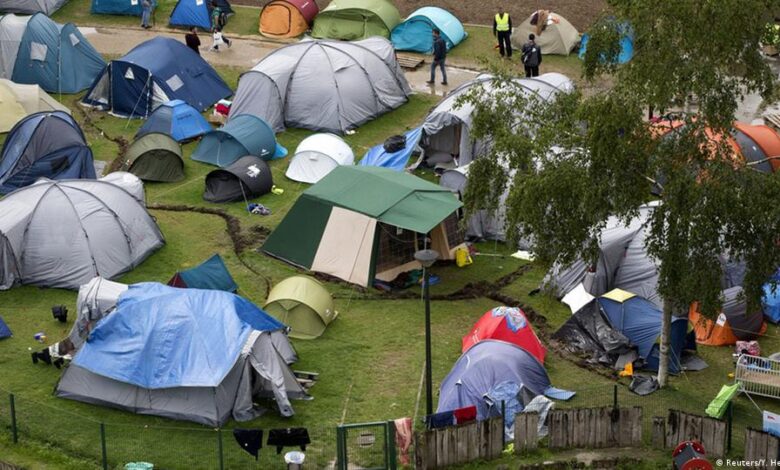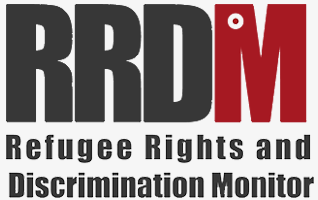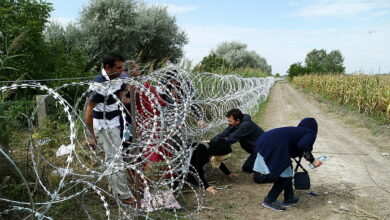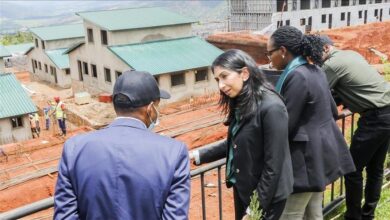Migrants and Asylum Seekers Sleep Homeless in Belgium and the Netherlands

BY|infomigrants
In the EU capital city Brussels, an estimated 3,000 migrants and asylum seekers sleep homeless or in temporary accommodation. It is a similar story in neighboring Netherlands.
There are about 20 tents built on top of wooden pallets in the center of Brussels. 27-year-old Fairadoon, an asylum seeker from Afghanistan, calls one of them his home, reports the German Press Agency dpa.
Most of the tents house at least two people, if not more. Fairadoon explains to dpa that when he arrived in Belgium he applied for international protection but was told there was no place in a center for him, even though by rights, under the law, he should be offered one.
The group camping in the center of town have no clean toilets or showers available to them. Some of them have been sleeping on the streets for five to six months at least. There are few women who sleep on the streets, or children as these groups normally qualify for a place in asylum accommodation more quickly.
Cases of scabies, diphtheria and TB reported
Cases of scabies, diphtheria and Tuberculosis have all been reported among those sleeping rough, say organizations who work with homeless migrants on the street. Many of those sleeping there have experienced trauma either before they left their countries, or along the way to Europe and are still suffering the effects of those experiences today. Living on the streets, say homeless charities, just makes those experiences even worse.
Accommodation for asylum seekers in both the Netherlands and Belgium has been over subscribed for months. The Belgium Federal Agency for Asylum Fedasil estimates that at least 3,000 migrants are homeless at the moment in the country. They either stay in tents or in squatted buildings.
A spokesperson for Fedasil, Benoit Mansy, told dpa that the situation was “unacceptable.”
In the Netherlands, the authorities estimate that about 22,000 migrants and asylum seekers are currently housed in temporary accommodation, many of them have been there for more than a year. For many, that might mean sleeping on tiny cots in the middle of vast sports halls, or even under canvas. With only thin divides or pieces of material to partition one sleeping area for another, there is very little privacy for many of the people sleeping there, reports dpa.
Camps ‘sunk below the humanitarian standards required’
“These kinds of camps have sunk below the humanitarian standards required,” declared the Dutch Refugee Agency, which took the country to court over the issue in summer, and won.
According to dpa, the problems facing the Netherlands has been largely brought upon themselves. In 2022, the country was dealing with about 47,000 asylum seekers, significantly below the levels they dealt with in 2015, when the numbers hit around 60,000 registered asylum seekers.




